Fashion is an extension of self. From the drape of a silhouette to the choice of color, texture, and tone, every piece you wear becomes a narrative of who you are. Or who you want to be. But perhaps the most intimate part of that narrative is something no one can see: your fragrance.
Perfume completes a look and transforms it. A scent can signal power, delicacy, confidence, and mystery. It lingers in a room long after you’ve walked out, quietly influencing how people remember you. And just like a couture piece, it’s personal, constructed, and expressive.
It’s why so many of today’s luxury dressers start their outfit not with a blazer or boot, but with a single spritz of something that defines their energy for the day. Something layered and commanding, like Creed fragrances, sets the tone before a word is spoken.
The Invisible Luxury That Shapes First Impressions
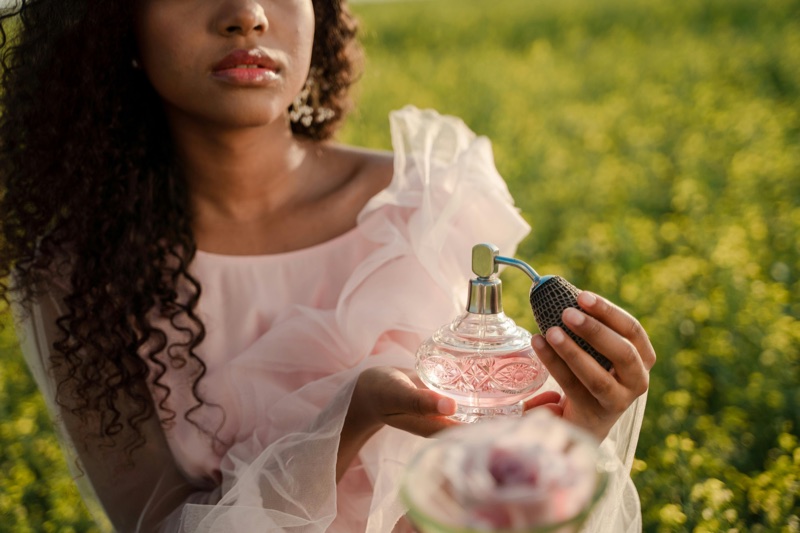
Unlike your handbag or your heel height, fragrance isn’t seen. Instead, it is deeply felt. It drifts, surrounds, settles, and connects. It’s part of your aura. While fashion hits the eyes, scent hits memory. And that makes it one of the most psychologically potent elements of personal style.
Our brains are wired for scent. The olfactory system links directly to the limbic system. That’s the part of the brain associated with memory, mood, and emotional behavior.
As explained by Smithsonian Magazine, this direct pathway makes scent more effective at stirring memory than any other sense. A single note can summon nostalgia, love, desire, or calm instantaneously. Fragrance is an emotion, identity, and legacy.
A Scented Timeline: Fragrance in the History of Fashion
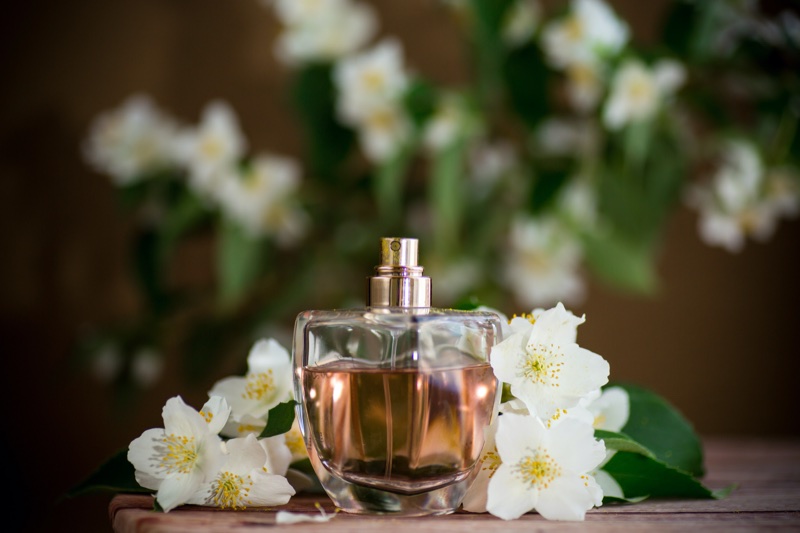
Fragrance and fashion have long had a symbiotic relationship. In ancient Egypt, scent was part of ceremonial dress. In Renaissance Europe, perfumed gloves and embroidered sachets were essential for aristocrats.
By the 20th century, haute couture houses like Chanel and Dior were bottling the mood of their clothing collections in glass.
In fact, the launch of Chanel No. 5 in 1921 redefined fragrance as fashion. No longer just about masking scent, perfume became a tool of seduction, power, and self-invention.
Today, houses like Creed, with their royal heritage and exquisite craftsmanship, continue that legacy. They blend history with modern storytelling in a bottle.
As fashion reformulates itself season by season, so too does our relationship to fragrance. It’s less fixed, more fluid, and endlessly expressive.
How Scent Completes the Outfit
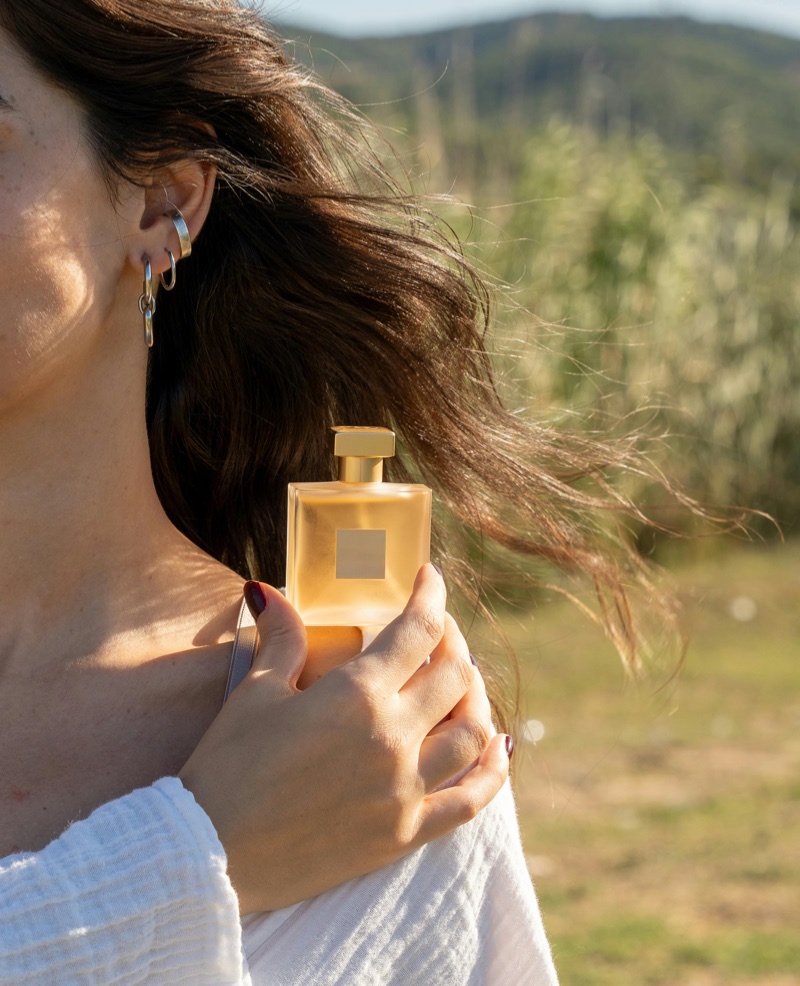
Wearing perfume is a sensory styling choice. Just as you wouldn’t wear towering heels to a beachside brunch, your scent should match your space, energy, and intention.
The right scent can enhance everything from a minimalist column dress to an oversized shearling jacket. It becomes the “invisible layer”. It’s like the silk lining in your coat, the hint of attitude beneath a buttoned-up blouse.
Here’s how scent aligns with fashion:
- Woody and leather scents ground structured tailoring in strength.
- Floral and powdery notes soften sharp silhouettes and play with contrast.
- Citrus and green notes pair beautifully with sheer fabrics, denim, or monochrome minimalism.
- Amber and oud elevate eveningwear and add depth to darker palettes.
Scent goes beyond matching the vibe. It’s all about creating one.
Fashion Psychology: What Your Fragrance Says About You
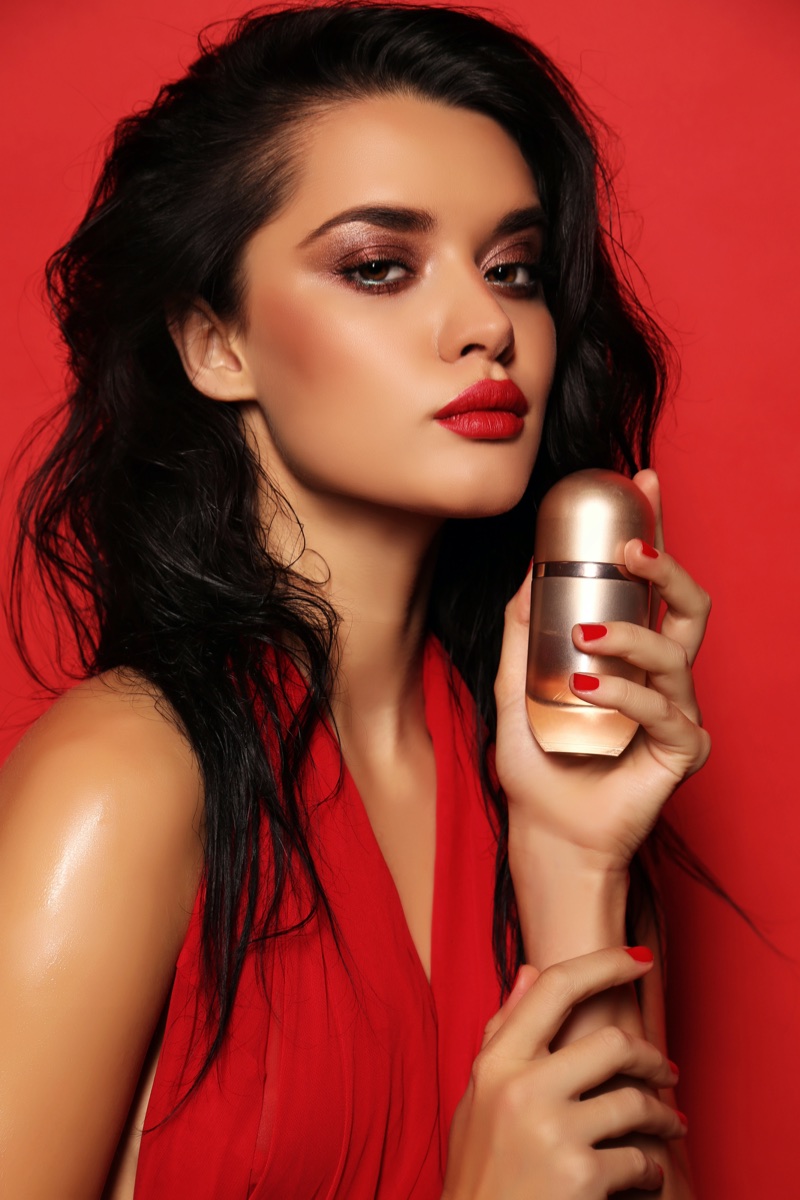
Much like choosing your outfit for the day, your fragrance choice is a projection of your inner mood. But unlike clothing, scent affects you from the inside out. Studies in behavioral psychology show that fragrance can alter confidence, reduce anxiety, and enhance cognitive focus.
So what happens when your scent and your style are in sync? Magic. Harmony. Intentionality. A look becomes a moment, and a moment becomes a memory.
Consider these fragrance-driven archetypes:
The Muse
Delicate white florals, rose, and musk
Soft layers, balletcore aesthetic, a quiet elegance that commands attention through subtlety.
The Disruptor
Spice, incense, tobacco leaf, leather
Bold tailoring, metal hardware, and beauty looks that play with symmetry and strength.
The Minimalist
Crisp neroli, vetiver, green tea
Neutral tones, clean silhouettes, and a scent that feels like a second skin.
The Seductress
Amber, patchouli, saffron
Satin slip dresses, velvet trenches, a scent trail that turns heads and keeps them turned.
Each scent type amplifies your fashion look.
Curating Your Fragrance Wardrobe

Just as you build your seasonal closet, think of your perfumes as part of a rotating capsule. A fragrance wardrobe allows you to choose scents based on mood, event, weather, and even the kind of statement you want to make.
Here’s how to start:
- Choose a signature: A classic scent that feels like your essence.
- Add a daytime favorite: Light, energizing, wearable. It’s your fragrance for errands, work, or play.
- Keep a bold night option: Something darker, sexier, more opulent.
- Include a “mood-lifter”: A scent that instantly changes your energy. It’s the equivalent of red lipstick on a tired day.
Your favorite fragrance brand can make this process intuitive, offering a range of depth, mood, and composition within one house, so your scents speak a similar language. Even when they shift tone.
Fragrance as Fashion’s Future
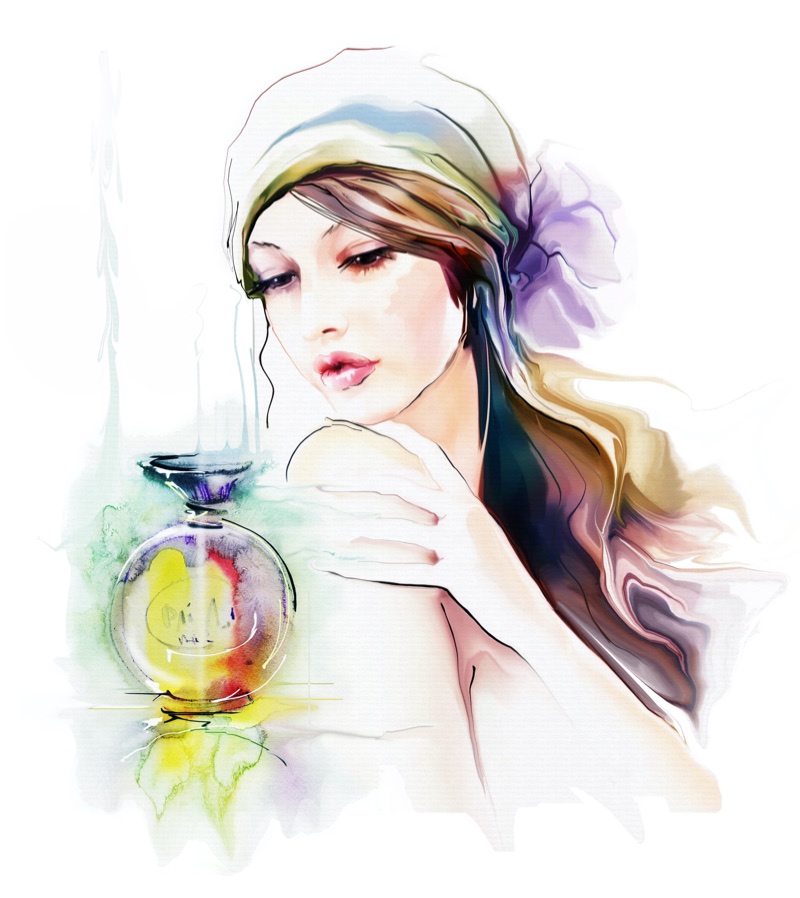
As fashion grows from fabric and form into digital expression and personal storytelling, scent is emerging as the new language of luxury. It can’t be replicated digitally. It’s intimate, tangible, and rooted in the present.
For Gen Z, who embrace identity, fluidity, and individuality beyond labels, fragrance offers timelessness and transformation. It’s both armor and allure, performance and presence.
In a world saturated with visuals, scent remains a deeply personal signature. It’s subtle, unforgettable, and uniquely yours.
So the next time you dress with intention, remember: fragrance is your essence in motion. Whether you exude quiet strength, bold theatrics, or effortless ease, lead with a scent that speaks before you do.
This story originally appeared on FashionGoneRogue

